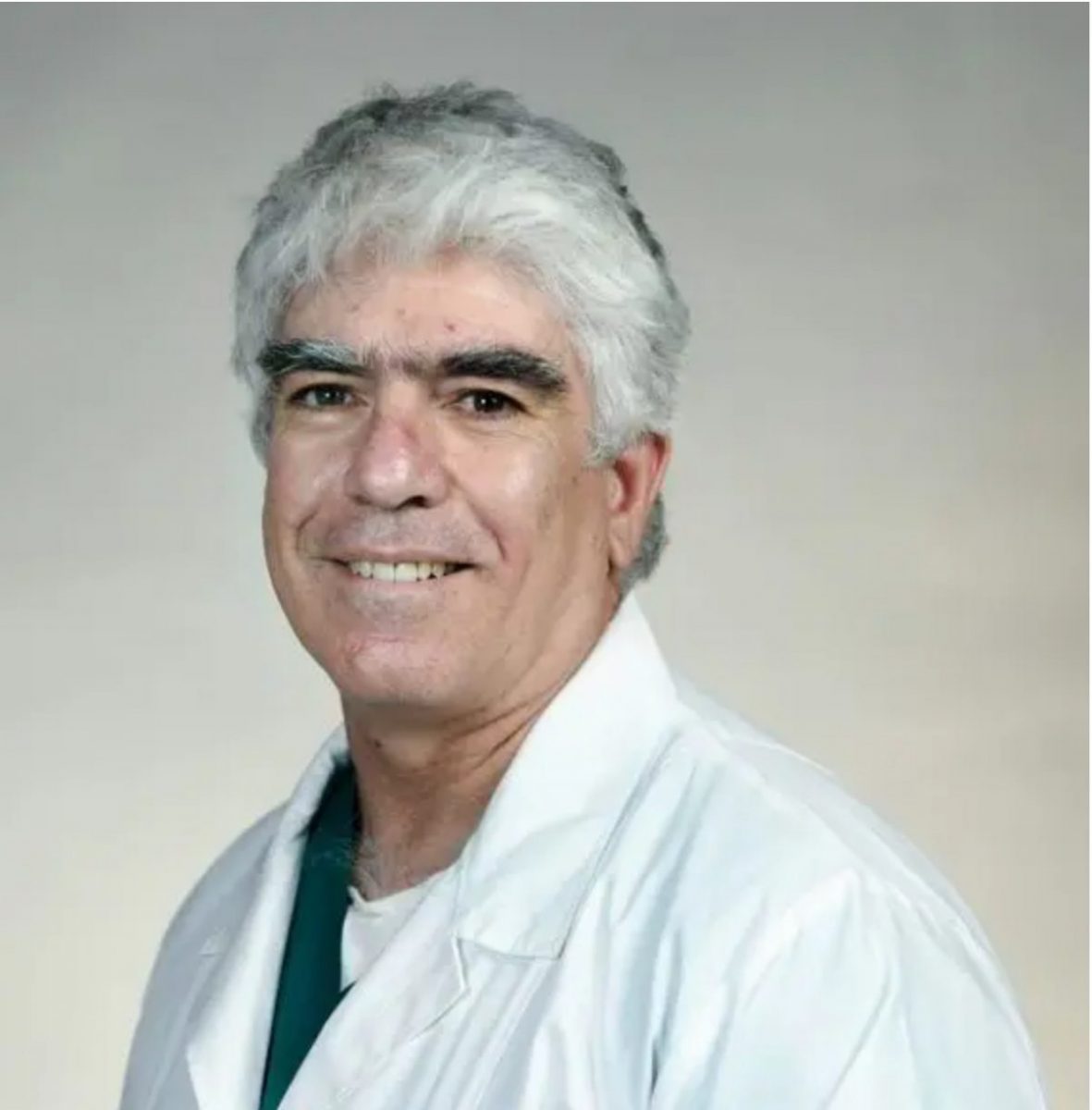Low Flow Extracorporeal Oxygenation
Author: Dr. Avraham Abutbul, Specialist in Internal Medicine, General Intensive Care Medicine and Pulmonary Medicine*
Mechanical ventilation has many disadvantages for both patients and clinicians. During COVID-19 pandemic, the limits of this veteran technology were highlighted. As a result, the COVID has become a growth engine for bringing innovative respiratory technologies to the market.
Mechanical ventilation can cause severe damage. Therefore, connecting a patient to this type of treatment is an extremely difficult decision for us, as clinicians.
Understanding how our respiratory system works is key to understand the advantages and disadvantages of mechanical ventilation and the need for new technologies. Normally, the human respiratory system operates under negative pressure. In other words, the pressure within the pleural cavity is slightly lower than the atmospheric pressure, which means the respiratory system is normally a negative pressure ventilation system. By mechanically ventilating a patient, we can maintain tidal volume and decrease blood shunting through the lungs in order to improve gas exchange.
The positive pressure ventilation may damage the lungs in several ways such as Volutrouma (refers to the local overdistention of normal alveoli), Barotrauma (refers to injuries caused by increased air or water pressure), and Atlectotrouma (are medical terms for the damage caused to the lung by mechanical ventilation under certain conditions). In addition, very high levels of oxygen may be harmful to the lungs as well. Doctors only give as much oxygen as it takes to ensure the body is getting enough oxygen supply to the vital organs, and still sometimes it is hard to reduce this risk when the lungs are already damaged.
Currently, in cases of refractory hypoxia after non-invasive measures have been exhausted, the medical community has no other option than mechanical ventilation to maintain the life of hypoxic patients who cannot breathe on their own.
The damage of using mechanical ventilation can be prolonged hospital stay and the associated consequences of intubation and induced coma. For example, removing the tubes from a patient during the weaning process is fraught with suffering as well as other complications. According to our data, patients who were ventilated in COVID-19 tended to be hospitalized for a prolonged period, usually longer than 6 weeks; in contrast, patients with non-invasive ventilators tended to be hospitalized for an average of 10 days. In addition, mechanical ventilation is prone to a variety of complications, including infections that result in ventilator-associated pneumonia.
Currently, the medical community is seeking new treatment options and technologies for patients with acute respiratory failure. Extracorporeal Membrane Oxygenation Technology has been extremely useful during last year’s COVID-19 pandemic since it bypasses the lungs.
By getting oxygen at the right rate, the patient doesn’t put stress on the sick lung and allows it to rest. The only problem is that it is very expensive and difficult to administer because there must be one-on-one attention for a patient, a cardiothoracic surgeon specialist, and a perfusionist to operate the ECMO machine. High risk is also carried by the high volumes of blood flowing through the body at any given moment. It runs at around 5-6 liters per minute -which is the total amount of blood in the body. The smallest leak from the system might cause the patient’s death within seconds.
Because of these limitations and the shortage of resources, we, the clinicians, are compelled to connect only the patient most in need of ECMO, generally when the patient already has an 80% chance of death. My belief is that if we had a technology or treatment that made direct blood oxygenation easy to apply and at a reasonable cost, we would not hesitate to offer it to our patients at an early stage.
Herein lies the opportunity for Inspira’s technology that is being developed today, the ART system. ART can be best used as a preventative treatment. A new 2nd line SOC for treating patients with acute respiratory failure instead of mechanical ventilation. This intent of use has the potential to change the treatment paradigm and reduce or eliminate the need for sedatives that can be harmful during and after treatment.
Second, the ART can be used in conjunction with mechanical ventilation. As the minimum pressure of a mechanical ventilator makes the least amount of lung damage, using the ART with mechanical ventilation will decrease the pressure on the lungs and reduce the risk of lung injury.
A third option is to use the ART in conjunction with non-invasive ventilators to prevent the patient from deteriorating. Preventive treatment is the best treatment, and that is why the possibility of preventing mechanical ventilation is so important.
The possibility of the patient being awake during treatment, and the use of only one small cannula, will allow the hospital to reduce LOS, which will reduce staffing – perfusionists and surgical access team members.
As critical care professionals, we strive to offer the best possible care for every patient. An innovative and economic technology would be a welcome addition to the oxygenating arena as a support system. For patients suffering from refractory hypoxia, extracorporeal oxygenation technologies are much more effective.
The Covid-19 pandemic emphasized the limits of MV. Since ECMO is a limited resource with high demand, Inspira’s ART based minimal invasive ECRS technology has the potential to be a definitive solution for these demands.
Disclaimer: The product is currently in a developmental stage and has not yet been tested or used in humans and has not been approved by the U.S. Food and Drug Administration (FDA).
*Dr. Abutbul is a member of Inspira’s Medical Advisory Board
More on this technology here.
